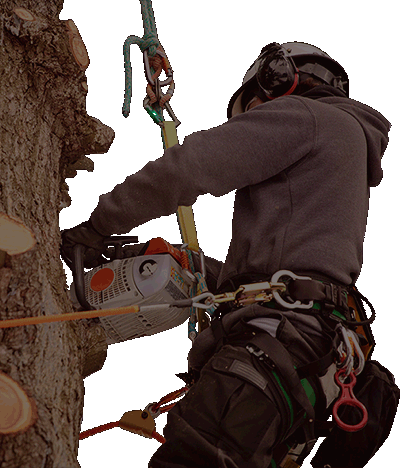
We love Japanese maples for their elegant shape and spectacular color. But just like with all our trees, we don’t like when their glow is dimmed by leaf problems.
When one of our readers saw her Japanese maple’s leaves rapidly turning brown, she reached out for advice, asking if fertilizer or water could help.
To answer our reader’s question (and hopefully yours, too), let’s look at a few ways you can revive a struggling Japanese maple tree.
Three Reasons Your Japanese Maple Has Brown or Crispy Leaves
Before diagnosing your tree, think about where it’s planted, how much sun or shade it gets, and how often you water it. All these things can affect the look and feel of your Japanese maple.
Too much sun? Japanese Maple Leaf Scorch
How much sun does your Japanese maple get? If bright beams don’t let up for most of the day, the Spartanburg tree is likely suffering from environmental leaf scorch. Here’s how to remedy that.
Too little water? Japanese Maple Underwatering Symptoms
Say your tree’s in a shadier spot, but is still sporting dull, brown leaves that are crisp and curling.
In this case, your Spartanburg tree probably just isn’t getting enough water. Japanese maples might be small, but they dry out pretty easily without a steady dose of hydration. Perform this quick check to see if your Spartanburg tree is not getting enough water.
If your Spartanburg tree is, in fact, lacking water, give your Spartanburg tree this much water every week from here on out!
Spot any bugs? Japanese Maple Pests that Cause Brown Leaves
If the soil is moist and the sun isn’t the culprit, what could it be? Japanese maples are pretty tough trees, but not immune to pest problems. Aphids and scales are their top challengers.
The good news is aphids or scales likely won’t kill a Japanese maple, but they will put up quite the fight, turning leaves brown and causing them to fall early in the process.
Learn the difference between aphids and scales – and how to combat them both.
Need extra help diagnosing your sick tree? Get it here.






